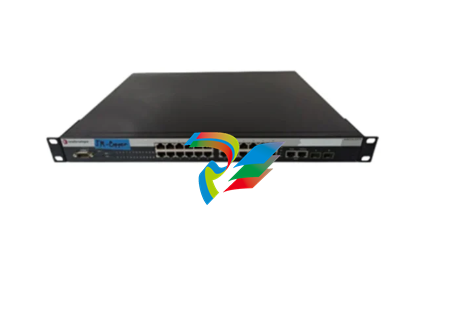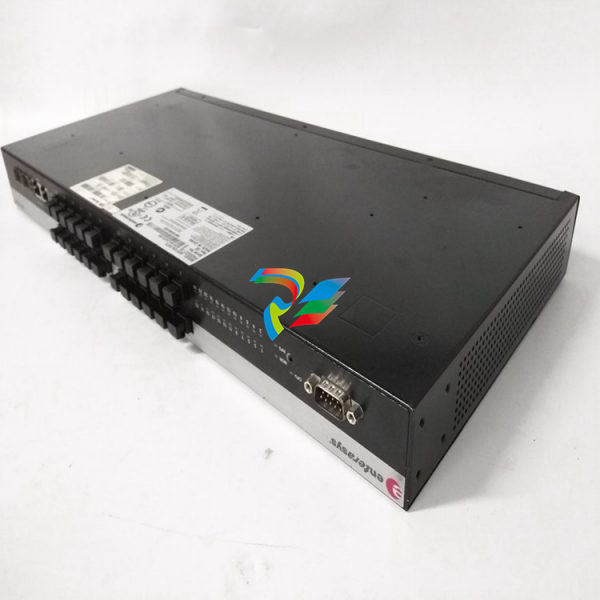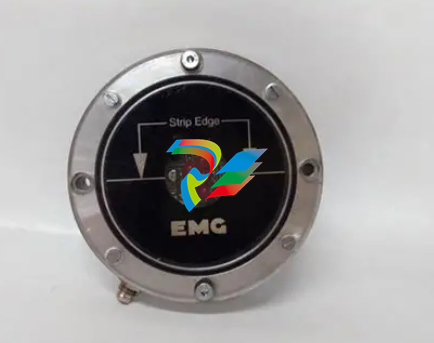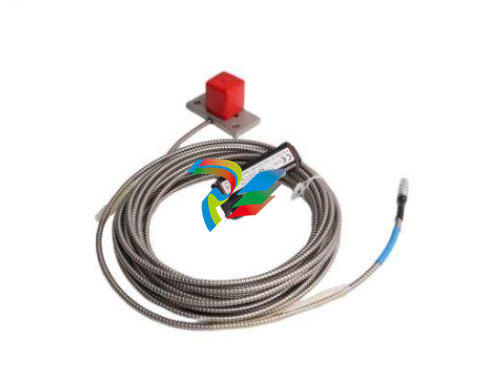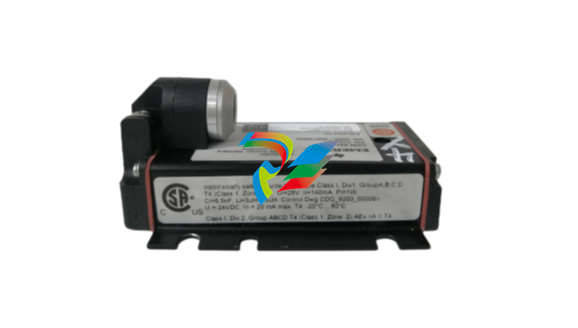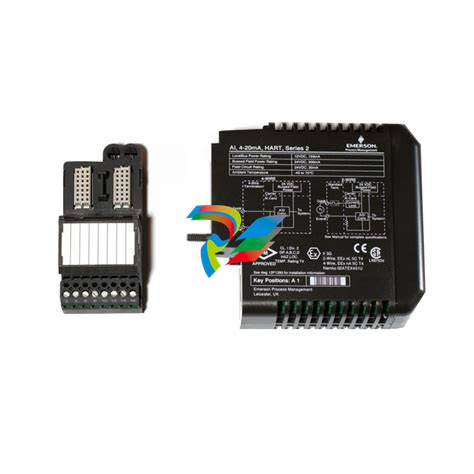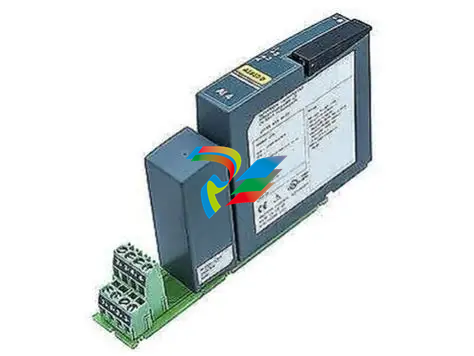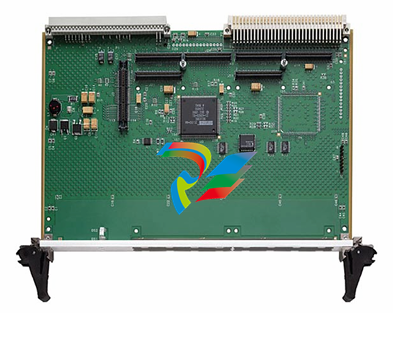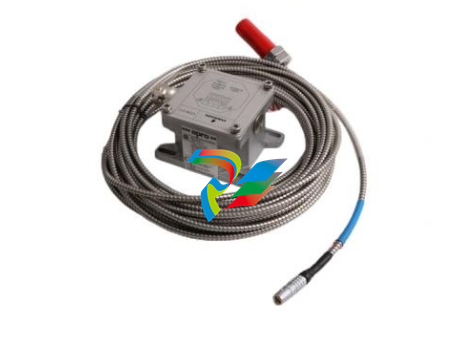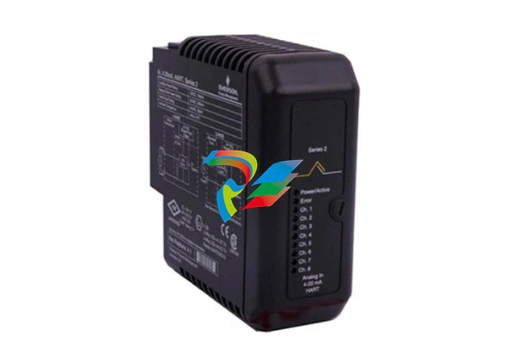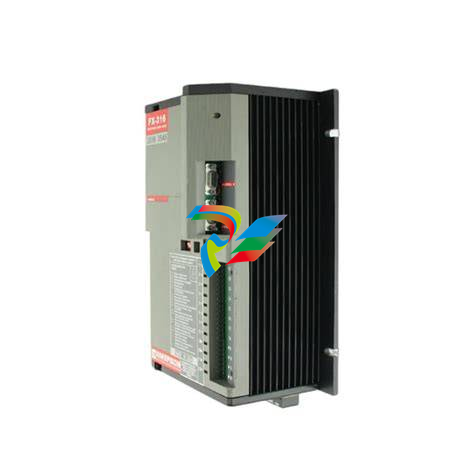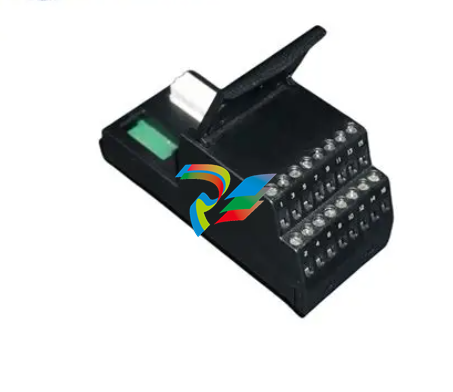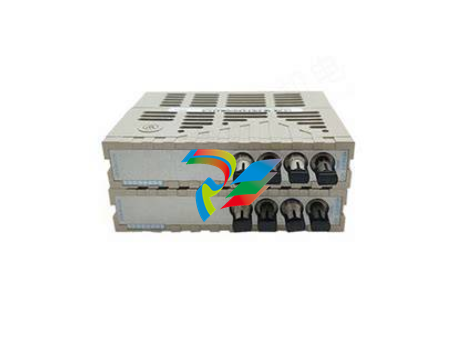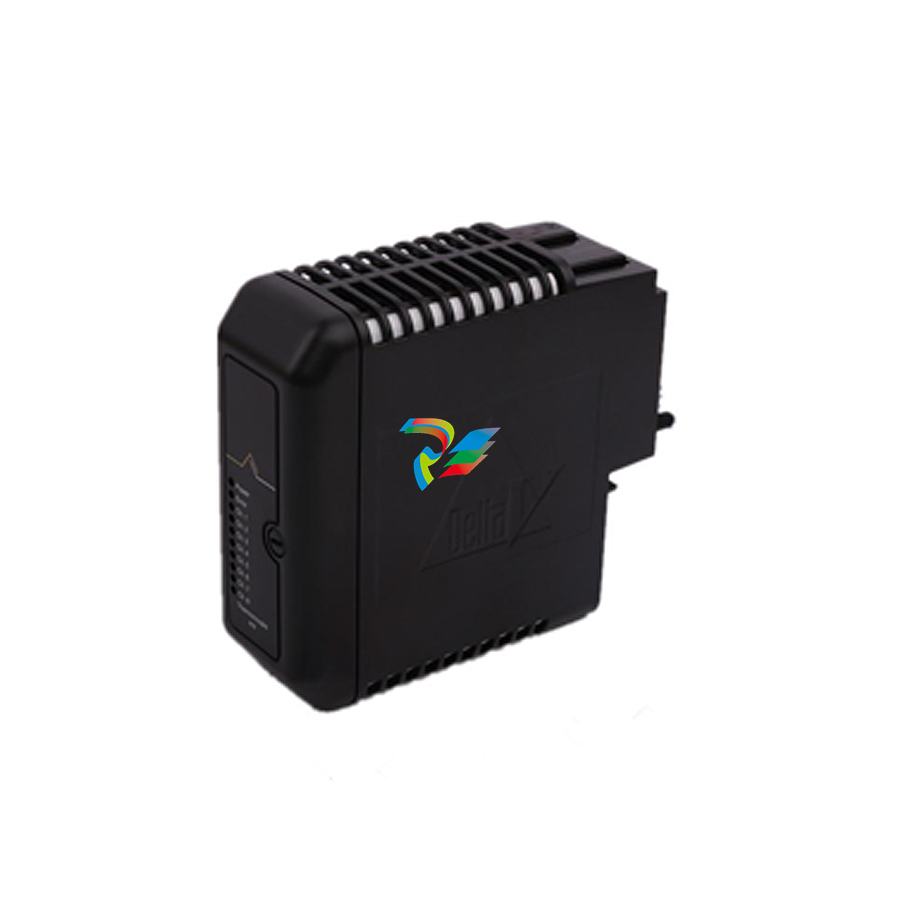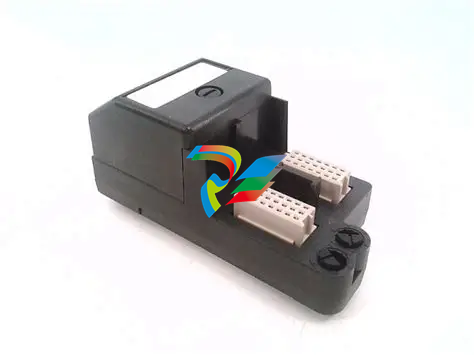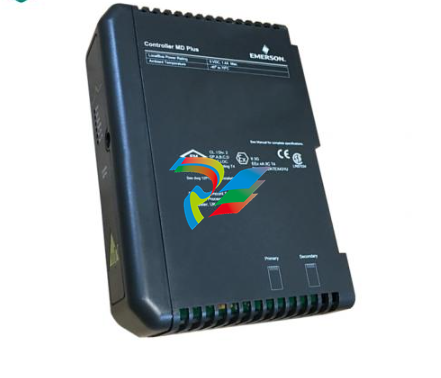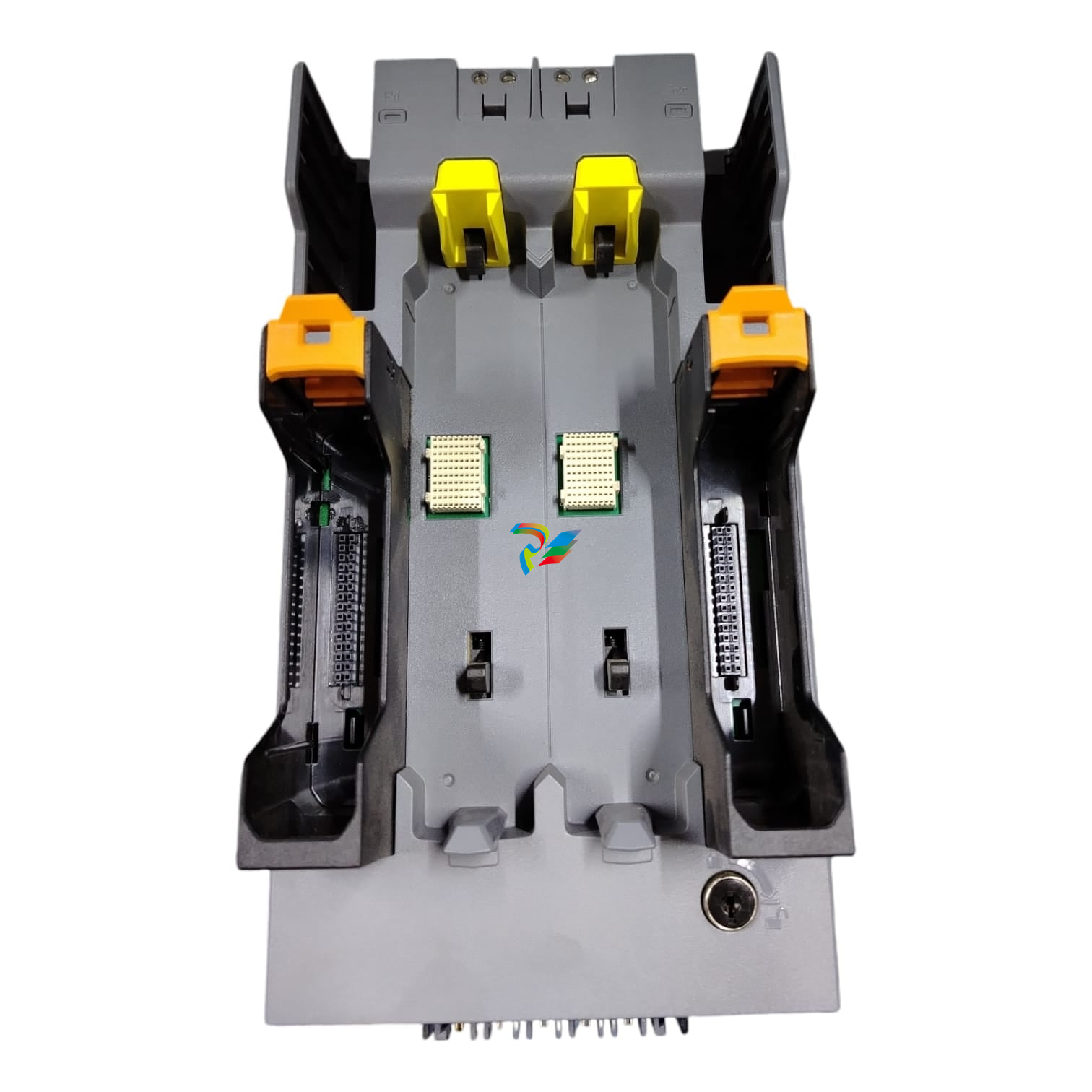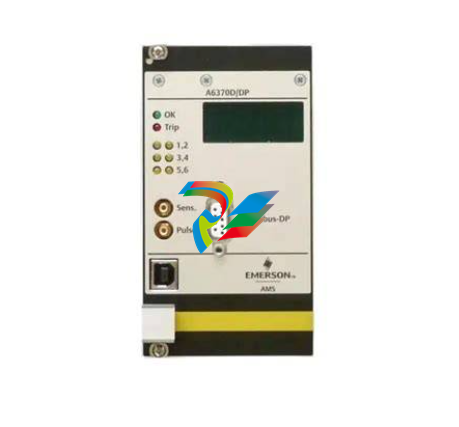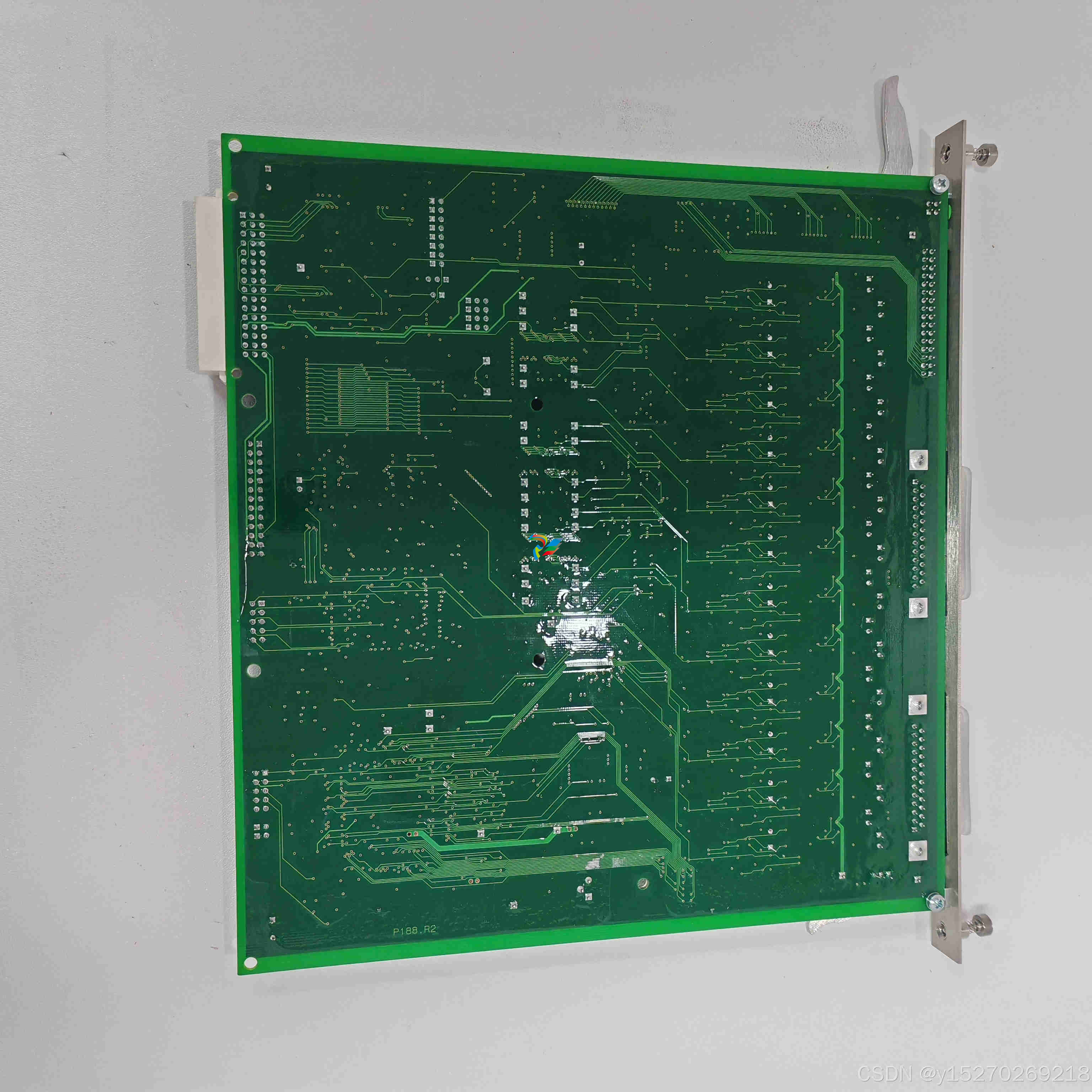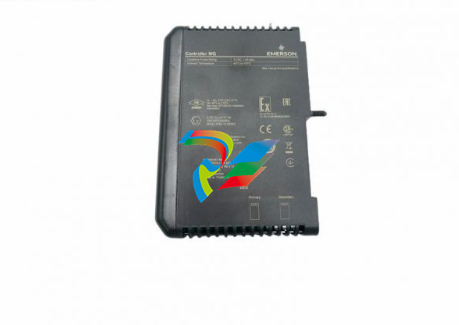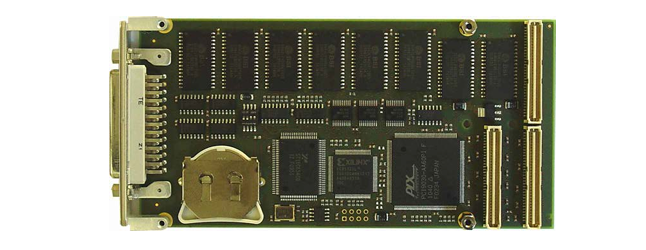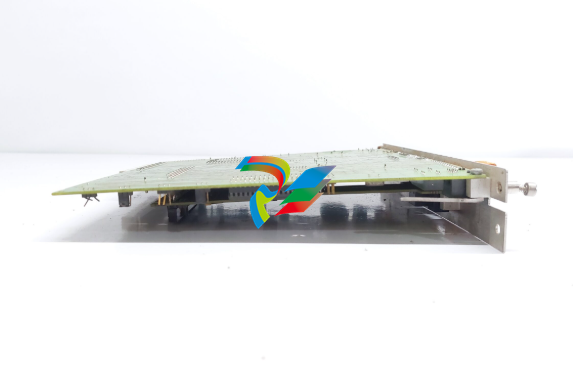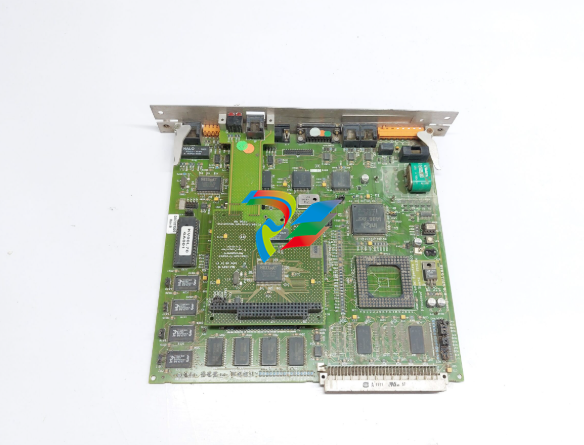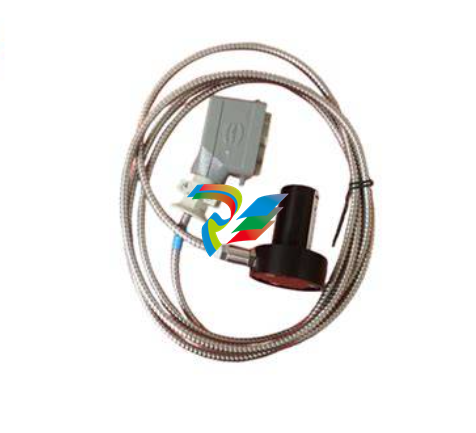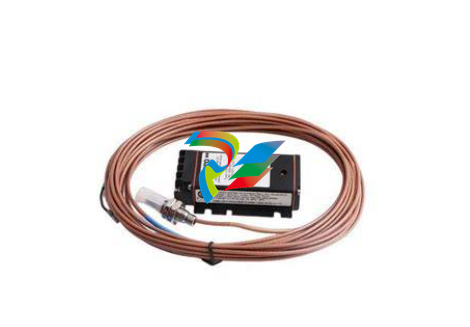
ABB wind turbine converters
Creating the perfect wind economy with every turn
The wind power market continues to expand
Wind turbine manufacturers and wind farm owners are
experiencing steady growth which is predicted to continue.
With many governments resuming their push for increased
renewable power capacity, the cost of energy is gaining
more focus.
Diverse grid codes provide special challenges
Wind farm owners and turbine manufactures need to efficiently
produce power and achieve the desired return on investment
while meeting grid code requirements. They must avoid making
costly retrofits to newly installed turbines in response to grid
code changes.
Power utilities and governments have developed grid code
specifications that outline expected wind farm behavior in
response to defined fault conditions. These codes help wind
farms avoid black-outs and other service disruptions resulting
from transmission grid faults. Such faults can significantly
impact the stability of the entire grid.
ABB wind turbine converters for a better wind economy
The wind turbine converter plays an important role in helping
customers create the perfect wind economy. The selection of
the right wind turbine converter is critical in the turbine design
and for a higher wind farm return on investment.
As part of the electrical drivetrain, ABB converters help
turbines produce more megawatts more economically while
providing the technology to meet the grid code needs of
today and tomorrow. They are designed for high efficiency
and are backed by a comprehensive set of global life-cycle
services that ensure trouble-free operation and maximum
availability.
ABB technology helps to make wind power economically viable.
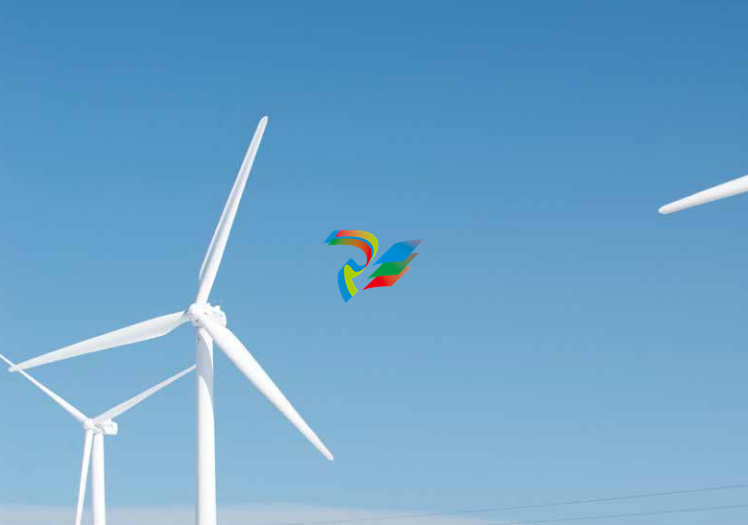
More than delivering a product From the early evaluation phase of a new wind turbine to final operation, ABB provides consulting, support, training and services. ABB converter specialists are experts in every aspect of the drivetrain system. They will support turbine manufacturers in selecting the most suitable drivetrain concept, design and dimension the drivetrain components to function in perfect sync and provide support in the grid code certification process. ABB helps its customers to create the perfect wind economy by: − Providing wind turbine converters designed to deliver maximum efficiency and productivity at low operational expenditure − Optimally designing and dimensioning the drivetrain − Ensuring grid code compliance − Offering global service and support throughout the entire lifetime of the equipment ensuring trouble-free operation and maximum availability
Grid code compliance ABB has the expertise and technology to ensure its customers’ wind turbines meet the grid code needs of today and tomorrow.
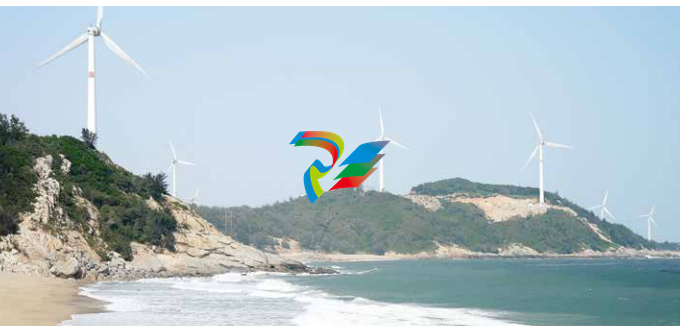
Grid code reassurance As the installed capacity of wind farms increases, the share of power they provide to the transmission network rises. As such, the way a wind farm deals with a grid fault has a significant impact on the stability of that grid. Utility companies regulate these conditions by ensuring wind farms meet demanding regional grid code specifications. Grid codes are becoming more demanding and vary between countries. The wind turbine converter plays an important role in helping the wind turbine meet these grid code requirements and to obtain the necessary operational certification. Globally active in grid code working groups and research ABB’s customer commitment is that its wind turbine converters support the needs of the wind turbine in meeting the diverse grid code requirements. ABB invests significantly into research and development and is active in grid code and power quality working groups supporting power system reliability. ABB engineers provide technical feedback on the feasibility of proposed grid code changes, ensuring the current technology and production costs are compatible with the proposed changes. Low voltage ride-through and grid support A common requirement for all grid codes is a fault ride-through capability where the wind farm and the turbines must be capable of operating continuously at reduced voltage and must not trip off-line because of transient voltages. Wind farms have to remain connected during voltage dips and to provide active and/or reactive power to the network during the fault. ABB has designed its wind turbine converters to provide full reactive current immediately when the grid fault starts. Low voltage ride-through laboratory ABB has taken the testing and certification process one step further. Its multi-megawatt grid code laboratory is designed to replicate a complete wind turbine with generator, wind turbine converter, transformer, medium voltage switchgear, and is connected to a 20 kV transmission line. This configuration allows ABB engineers to test the low voltage ride-through behavior of wind turbines in a controlled environment. Various wind conditions can be simulated with a speed-controlled motor driving the generator. This allows testing of multiple power levels more efficiently, reducing on-site testing costs.
Complete drivetrain tests Besides comprehensive real-time simulations of grid code disturbances, fault ride-through and power quality tests of the wind turbine converter, ABB is able to perform tests of the complete drivetrain – including generator and converter – to verify the performance and to ensure a smooth integration of the drivetrain into the customer’s wind turbine. Capitalize on ABB engineering Wind turbine design demands a significant amount of technical engineering. ABB supports turbine manufacturers during their converter engineering phase, working with the customer to integrate the converter into the turbine design and control system. Additionally, ABB engineers help the turbine manufacturer understand how to obtain the best performance out of the converter to increase the overall turbine performance.
Turbine certification support Turbine certifications are based on the grid codes used in the region where the turbine will be installed. When turbine manufacturers are applying for certification, ABB engineers can help the manufacturer use and maximize the converter’s technology to meet the requirements of the grid code.
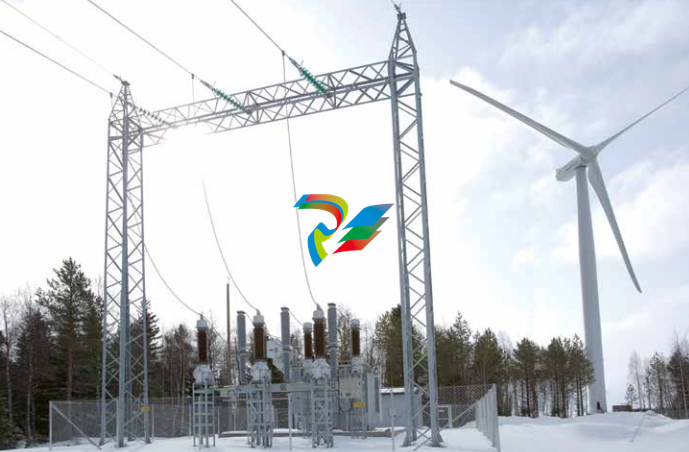
ABB wind turbine converters ABB low voltage wind turbine converter ABB medium voltage wind turbine converter ABB offers the complete range of wind turbine converters for onshore and offshore installations.
ABB offers the complete range of converters for wind turbines – from small wind turbines for residential or small business use to utility-scale wind turbines installed in onshore or offshore wind farms. ABB wind turbine converters help increase turbines’ energy production through high availability, grid code compliance and long life cycles. Converters for doubly-fed and full power concepts ABB offers doubly-fed and full power converter designs. Doubly-fed power converters feature reactive power control, high efficiency at the nominal point and very low total harmonic distortion (THD). Full power converters isolate the wind turbine generator from line transients and enable fast response to line faults. They provide better ride-through capabilities and support during grid faults. Converters for small wind turbines (2 – 110 kW) ABB offers a wide range of small wind turbine converters for residential or small business use. ABB’s portfolio includes single-phase and three-phase wind turbine converters as well as grid-tie transformerless solutions. The compact converters are characterized by high efficiency and are easy to install and maintain. Converters for utility-scale wind turbines Low voltage wind turbine converters (600 kW – 8 MW) Low voltage wind turbine converters are available in full power or doubly-fed designs, with air or liquid cooling. They feature ABB’s direct torque control (DTC) which monitors the generator torque up to 80,000 times per second, enabling the most efficient generator control. This provides the foundation for grid code and fault ride-through compliance. Parallel connected sub-converters are available as design option for a higher overall efficiency and redundancy. Medium voltage wind turbine converters (4 – 12 MW) Designed for larger turbines, ABB’s medium voltage full power converters provide fault ride-through and grid code compliance. They are characterized by low parts count, long life expectancy even under load cycling, high availability and low losses. The modular design allows easy customization to meet customer requirements. The liquid-cooled converters enable low cost and efficient cable installation. ABB’s low and medium voltage wind turbine converters are available in in-line, back-to-back or face-to-face configurations and are suitable for nacelle or tower installation..
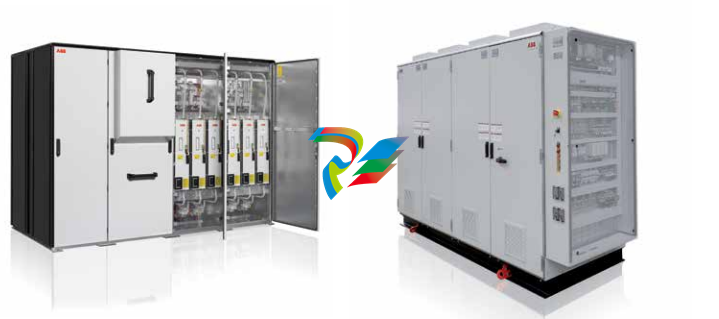
Reliability ABB wind turbine converters are based on the same world leading ABB variable-speed drive technology installed in thousands of applications worldwide. They are designed for operation in harsh environmental conditions, such as dust, sand and salt and are available with up to IP54 levels of protection. Remote monitoring Wind turbines typically have a built-in condition monitoring capability that is used to assess the overall status of the turbine. However, sometimes wind farm engineers and turbine manufacturers need more information to help assess fault conditions or to analyze the turbine’s performance. ABB provides remote monitoring capabilities that allow wind farm operators to directly access the converter to obtain data such as voltage, power, reactive power, temperature and speed.
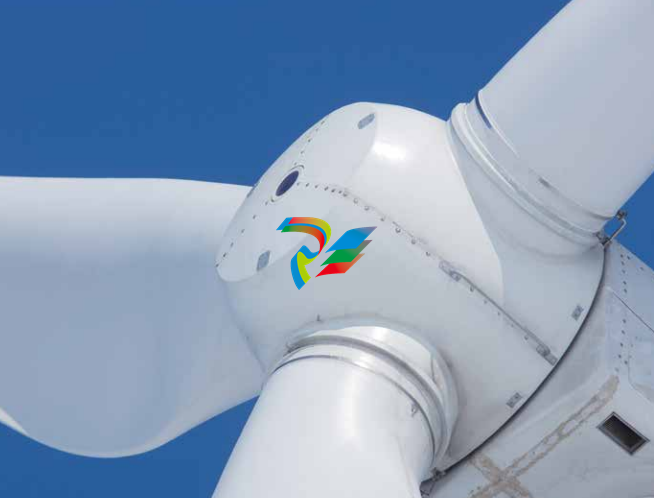
Service and support ABB offers comprehensive global life-cycle services to help customers’ wind turbine converters operate like new
ABB engineers not only work with turbine manufacturers during the design and converter specification phase, but provide their services throughout the entire life cycle of the converters. Installation and commissioning ABB’s certified onshore and offshore commissioning engineers have extensive know-how and experience in wind turbine converters and mechanical start-ups, which makes commissioning fast and smooth and lays the foundation for high reliability and efficiency. Technical support ABB provides remote services for fast failure analysis as part of its maintenance program for wind turbine converters. On customer request, a 24/7 support line for getting instant advice by ABB’s certified engineers, and on-site field support can be provided. Spares and consumables Having the correct spare parts available at the correct locations, either at the turbine manufacturer’s warehouse, regional stocking centers or at wind farms, needs to be wellplanned to ensure the highest wind turbine energy production. ABB can help plan spare part stocking throughout the life cycle of the wind turbine. Preventive maintenance The turbine converter performs critical duties in power generation and its failure may result in loss of production and revenue. Adopting and implementing ABB’s converter-specific preventive maintenance schedules reduces the risk of failure and increases the lifetime of the converter, lowering overall operational costs. ABB developed preventive maintenance kits containing all the genuine ABB spare parts needed to perform a specific maintenance task, helping to simplify the preventive maintenance process.
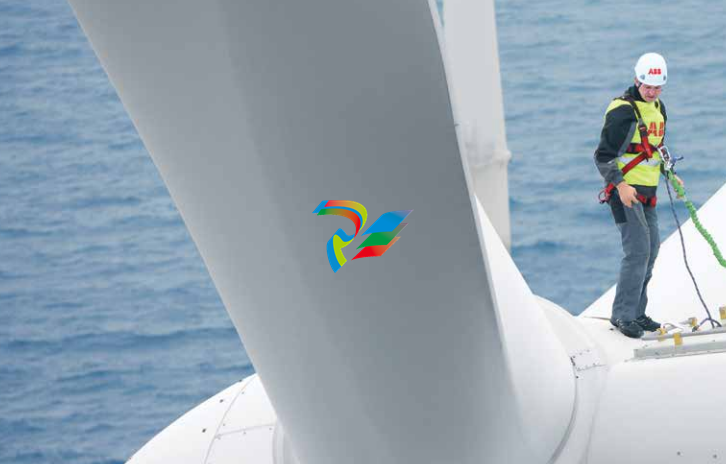
Training ABB provides a wide selection of wind turbine converter training to turbine manufacturers and wind farm operators. The training can take place at ABB training centers or at the customers’ locations. Service agreements Depending on the needs of the turbine manufacturer or wind farm operator, ABB can bundle individual services in one contract. A contract can be made at any stage of the wind turbine converter’s service life. Global network, local presence ABB’s global presence and worldwide organization with its network of selected partners provide local support, training and services as and when required. Services for ABB wind turbine converters – Installation and commissioning – Grid integration support – On-site support – Training – Remote diagnostics – 24/7 support line – Maintenance – Customized maintenance contracts – Spare parts and logistics network Benefits – Reduced down- and recovery time – Lifetime extension of converter – Enhanced operational efficiency – Lowered captial expenditure – Improved cost control
